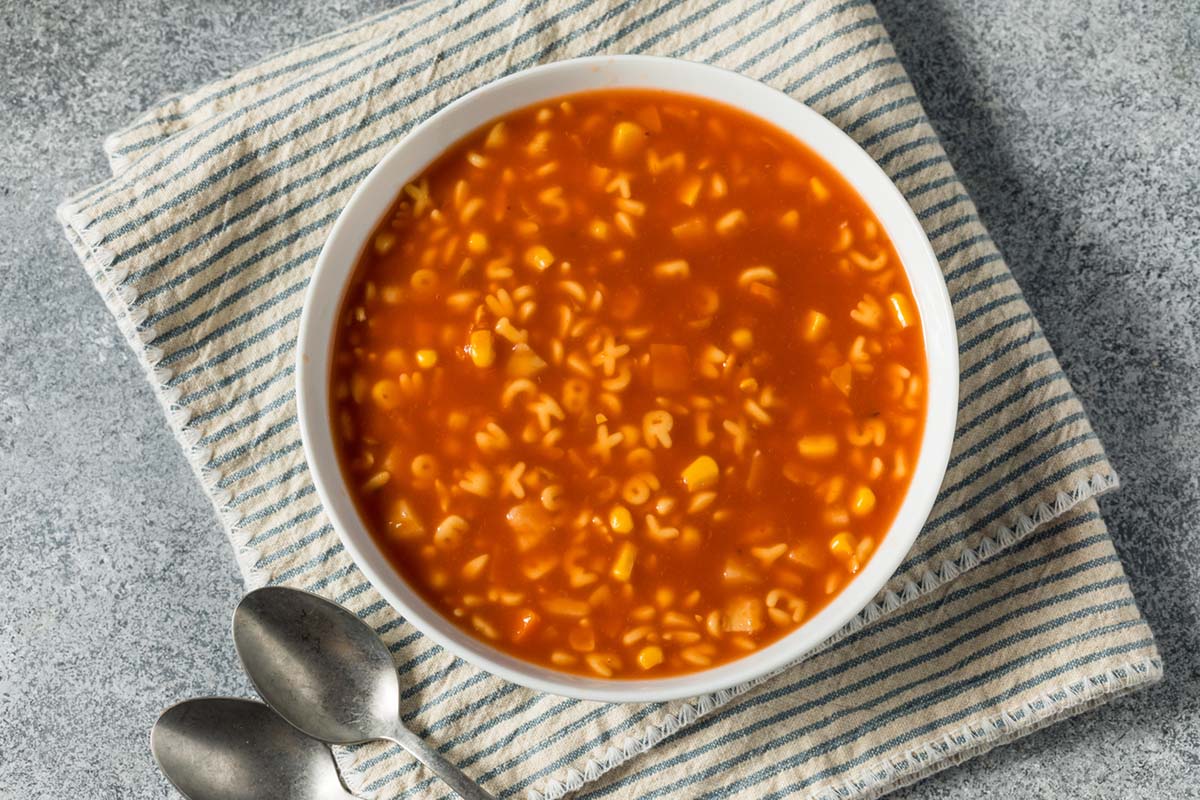Because this piece does not have an abstract, we have provided for your benefit the first 3 sentences of the full text.
To the Editor: I appreciate Drs Rothschild and Shindul-Rothschild taking the time to respond to my article. Their letter has led me to 2 additional relevant studies that I did not encounter in my search.
The first analyzed the relationships between comorbid anxiety disorders, "antianxiety medications" (primarily benzodiazepines), and completed suicides among 887,859 US veterans with depression.
See letter by Rothschild and Shindul-Rothschild and article by Dodds
To the Editor: I appreciate Drs Rothschild and Shindul-Rothschild taking the time to respond to my article.1 Their letter has led me to 2 additional relevant studies that I did not encounter in my search.
The first2 analyzed the relationships between comorbid anxiety disorders, "antianxiety medications" (primarily benzodiazepines), and completed suicides among 887,859 US veterans with depression. The anxiolytics were associated with greater risk of suicide (odds ratio [OR] = 1.71, 95% CI, 1.55-1.88), particularly at high dosages (OR = 2.26, 95% CI, 1.98-2.57). As the authors note,
Receipt of an antianxiety medication was a stronger predictor of completed suicide than any individual anxiety disorder diagnosis. When anxiety disorders and a prescription of an antianxiety medication were included in the same multivariate analysis, only antianxiety medication fills were significantly associated with increased suicide risk.2(p6)
The second study,3 a meta-analysis of US Food and Drug Administration clinical trials data, found that 2 of 785 patients receiving clonazepam for panic disorder attempted or completed suicide compared to zero of 310 randomized to placebo. These results are essentially uninterpretable, given the low rates of suicidal behavior relative to sample size, other than to say that they offer no reassurance about clonazepam’s safety.
Regarding the article by Neuner et al,4 which I cited in my review, the authors analyzed patients with schizophrenia (n = 59) or mood disorders (n = 59) separately. If those 2 sets of patients are combined, benzodiazepines were used by a significantly greater proportion of inpatients who died by suicide compared to controls (63/118 [53%] vs 46/120 [38%], P = .02).
The content of Dr Rothschild’s prior review5 regarding disinhibition and benzodiazepines does not appear to contradict the views I have put forth. I agree that most patients taking benzodiazepines do not appear overtly dysregulated, but that benzodiazepines can be disinhibiting, particularly at higher dosages, and that disinhibition may be more apparent in patients with higher pretreatment levels of hostility or impulsivity5 (who are already at elevated risk for suicide6).
The hypothesis7 that benzodiazepines protect against suicide by reducing anxiety makes a great deal of sense in theory. I simply cannot find evidence that benzodiazepines actually lead to increased survival among suicidal patients, nor have Drs Rothschild and Shindul-Rothschild presented any. If anything, the available body of literature suggests the opposite.
References
1. Dodds TJ. Prescribed benzodiazepines and suicide risk: a review of the literature. Prim Care Companion CNS Disord. 2017;19(2):16r02037. PubMed doi:10.4088/PCC.16r02037
2. Pfeiffer PN, Ganoczy D, Ilgen M, et al. Comorbid anxiety as a suicide risk factor among depressed veterans. Depress Anxiety. 2009;26(8):752-757. PubMed doi:10.1002/da.20583
3. Khan A, Leventhal RM, Khan S, et al. Suicide risk in patients with anxiety disorders: a meta-analysis of the FDA database. J Affect Disord. 2002;68(2-3):183-190. PubMed doi:10.1016/S0165-0327(01)00354-8
4. Neuner T, H×¼bner-Liebermann B, Haen E, et al; AGATE. Completed suicides in 47 psychiatric hospitals in Germany—results from the AGATE-study. Pharmacopsychiatry. 2011;44(7):324-330. PubMed doi:10.1055/s-0031-1284428
5. Rothschild AJ. Disinhibition, amnestic reactions, and other adverse reactions secondary to triazolam: a review of the literature. J Clin Psychiatry. 1992;53(suppl):69-79. PubMed
6. Gvion Y, Apter A. Aggression, impulsivity, and suicide behavior: a review of the literature. Arch Suicide Res. 2011;15(2):93-112. PubMed doi:10.1080/13811118.2011.565265
7. Fawcett J. Treating impulsivity and anxiety in the suicidal patient. Ann N Y Acad Sci. 2001;932(1):94-102, discussion 102-105. PubMed doi:10.1111/j.1749-6632.2001.tb05800.x
aThe Austen Riggs Center, Stockbridge, Massachusetts
Potential conflicts of interest: None.
Funding/support: None.
Published online: October 5, 2017.
Prim Care Companion CNS Disord 2017;19(5):17lr02171a
https://doi.org/10.4088/PCC.17lr02171a
© Copyright 2017 Physicians Postgraduate Press, Inc.
Please sign in or purchase this PDF for $40.00.





